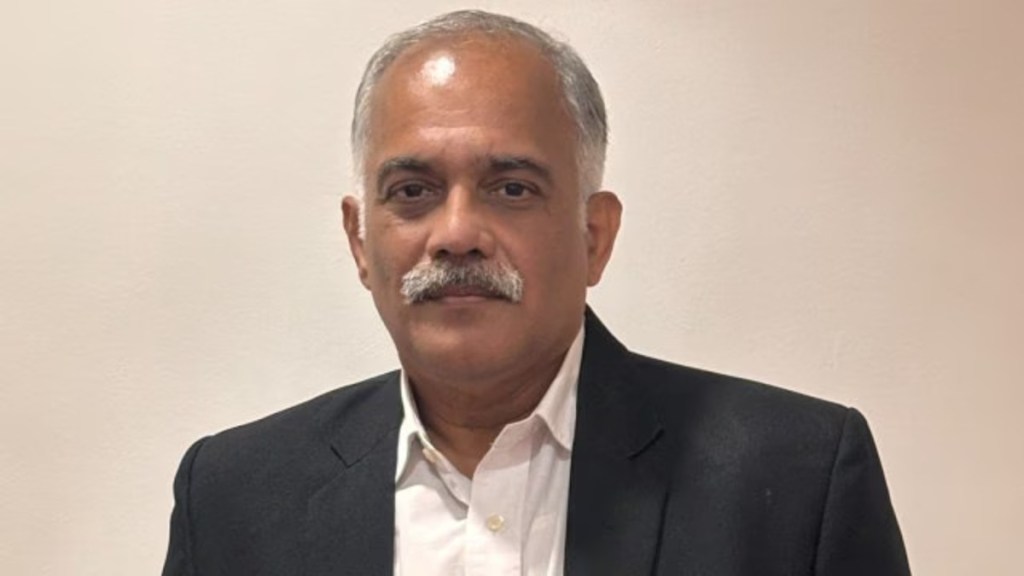General Insurance Corporation of India (GIC Re), the country’s largest reinsurer, is ramping up its international business following the reinstatement of credit rating late last year. In an interview with Narayanan V, chairman and managing director Ramaswamy Narayanan outlines the global growth strategy and the emerging segments it is betting on in the domestic market. Excerpts:
Reinsurance premiums in India are expected to touch ₹99,000 crore by FY26. Which segments are likely to drive this growth?
A majority of it will come from property insurance as it is one class that lends itself to reinsurance. Property values are huge and company capacities are small — that’s where reinsurance steps in. Aviation is another segment where retention by insurance companies is small, it’s normally more reinsurance-driven.
Health and motor are retail classes in the insurance market. They contribute the highest in terms of premium share, but only a small part of that comes into the reinsurance market, because these are small-ticket businesses that most insurance companies can manage to retain.
Some newer areas we expect to grow include surety bonds. It’s a market where we see a lot of growth happening over the next couple of years. With India’s infrastructure ramp-up, banks have reached a situation where they can no longer provide guarantees to everyone entering this space. That’s why it has come into the insurance market, and I believe there’s a lot of scope. But from a regulatory perspective, there are still a few things we are waiting on. I think that market will grow — and since it’s a newer class, it will be hugely reinsurance-driven.
GIC has recently mooted ‘Parametric Insurance’. Could you elaborate?
Parametric insurance is not new to the market — it is being used in the agriculture sector for some time now. In traditional insurance, after a loss occurs, the insurer sends a surveyor to assess the damage and file a report. Final claims are paid after negotiations. In contrast, parametric insurance works with pre-defined triggers. Once a trigger is hit, the payout is automatically made.
Climate change has become widespread and the number of catastrophic events — both in terms of frequency and severity — has gone up substantially. In India, when a catastrophe occurs, the insured loss is usually only 8–12%. The rest is economic loss — uninsured — and often borne by those at the lowest strata of society.
We have been telling the government that there’s a possibility here. We can look at a model where parametric covers are purchased by the government. Whenever a natural calamity occurs, the government typically doles out relief. We are saying: Let that be paid as premium, and the risk can be passed on to insurers and reinsurers. As soon as parametric triggers are met, payouts will be made.
International business accounts for 25% of your gross premium. What’s your plan to grow this book?
We have a lot of operations in the UK — a branch and also a Lloyd’s syndicate in London. We have created a new subsidiary in the UK to eventually take over the syndicate. This is part of our plan to scale up international operations. We were slightly underweight on this front because we didn’t have the necessary international credit rating to write good business. Our credit rating was downgraded due to losses, Covid and other factors. After four years, we got our rating back in October, and we have already started writing more business internationally.
The idea is to spread our risks as much as we can, so we can manage losses better using premium inflows from different regions. That said, the 75:25 split between domestic and international business may not significantly change in the near term.
What is your premium growth target for FY26?
We closed FY25 with ₹41,154 crore of gross written premium (GWP). We should be growing around 10% this year, since we have already started our growth journey in the international market, which will contribute to the book this year. On the domestic front, we are continuing the same upward momentum as last year. We expect about 10% growth should add ₹3,000–4,000 crore to the top line.
Will there be a stake dilution by the government?
I haven’t heard anything from the government. We did a small stake dilution last September. During the roadshow with government officials, one concern raised by investors was the frequent flow of offers for sale (OFS) — not about GIC, but in general. In response, then DIPAM secretary made it clear that the government wouldn’t look to dilute any company’s float for two years after an OFS. That assurance gave a lot of confidence to the market, especially international investors. If that’s the approach, then the government might consider diluting its stake in GIC next year. The government currently holds 82.4% and needs to bring it down to 75%.

